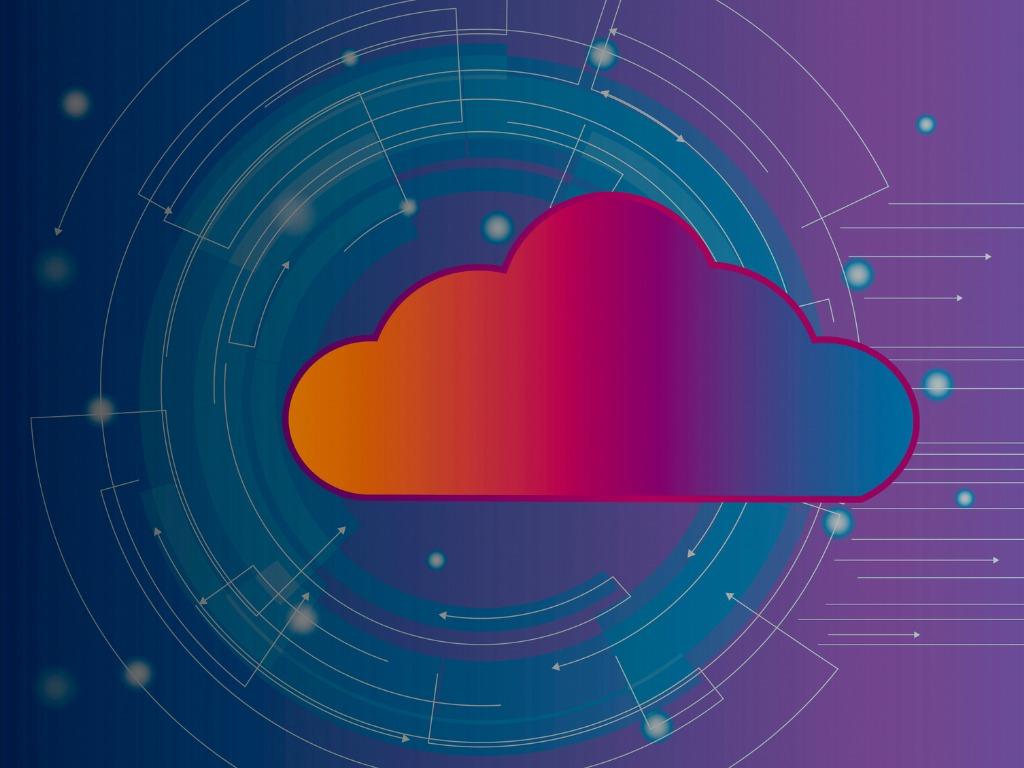Modernizing app stacks at enterprise scale
Modern design is synonymous with customer-centered design, said Wells Fargo’s head of modernization and cloud adoption, during a session at the Lesbians Who Tech Pride Summit.

Image: sigoisette, Getty Images/iStockPhoto
If an organization has not modernized its IT apps stack, it is not focused on fast time to market to reach the customer, which should be its goal. This is because a lot of legacy systems are still in use, which doesn’t provide that opportunity, said Subhadra Reddimasi, head of modernization and cloud adoption at Wells Fargo, speaking during a session at the Lesbians Who Tech Pride Summit Monday this week.
Reddimasi discussed why organizations should look at modernization, what it means when applications are modernized and the trends she is seeing.
Why modernize
Modernization is important for a number of reasons, Reddimasi said. While tightly coupled, multilayered monolithic apps deliver business capabilities, they impact the time to market, she said.
SEE:
Driving modern tech in a post-pandemic world
(TechRepublic)
Coupling instills a culture of coordinated or dependent releases. It also creates an inability to quickly integrate with external and internal partners, which creates a competitive disadvantage, she said.
A legacy design requiring synchronous communication is required and it is platform-dependent.
“Unless your current architecture is enabled for integrations, you’re at a competitive disadvantage,” Reddimasi said.
Further, the complexity of systems and processes impacts customer and employee satisfaction. In this case, apps “are brittle,” which impacts stability and consistency in customer experience.
Every integration in a legacy, multilayer architecture that has services databases can stop operating because of an issue with a certain container or something at the front end that can’t connect, she said.
What a good app stack looks like
Reddimasi advocated for Portable, cloud deployable enables IT to take advantage of scalability, Reddimasi said. This is key when the volume of credit card transactions skyrocket on days like Back Friday or Amazon Prime Day. “So we want to be able to pay as we go and be elastic in nature and take advantage of some of the characteristics of modernization.”
Modern design is synonymous with customer-centered design. It has autonomous applications, data at the edge that is managed by those autonomous apps, and is event-based with gradual consistency, she said.
A modern design is also resilient and continuously available and scales horizontally.
The goal is to ensure IT is “delivering the exact same experiences to customers with absolute consistency,” which requires a consistent interface, Reddimasi said.
That is provided by containerized microservices deployed on the cloud. “The characteristics are data managed with business logic delivered as part of the feature set delivered to customers,” she said. “Data at the edge is the important construct here.”
How to modernize apps
There are multiple strategies for how to go about the modernization of apps, and six are well-established industry constructs: Retain, retire, rehost, repurchase (meaning the option to drop an app and shop for a SaaS platform), re-platform (lift and shift) and refactor it to make it cloud-friendly, Reddimasi said.
“The trend we’re seeing in the modernization of apps is not just talking about modernization from the standpoint of compute modernization, it also means we’re modernizing data and taking legacy databases that do not necessarily flexible and scalable” and scaling them to meet growing needs,” she said.
Reddimasi said she is also seeing growing “flexibility to integrate new data sources quickly.” Most data was very structured as recently as five years ago. Now, IT has to incorporate multiple forms of data, including texts, videos, documents and emails, depending on the type of business. “So we need to have more flexibility on the types of data and variations we’re managing.”
Reducing the time to insight means better usability and the ability to deliver customer insights very quickly and in real time to the customer. This becomes significant, she said.
Democratizing data and making sure it is available for consumption through APIs so people can leverage it is another trend Reddimasi said she is seeing.
“Democratization is a very important construct that didn’t exist 10 to 15 years ago but a lot of time is spent on it now,” she said. “This leads to proper usage of data and empowering of data to deliver insights very effectively to end customers.”
Also see
For all the latest Technology News Click Here
For the latest news and updates, follow us on Google News.


